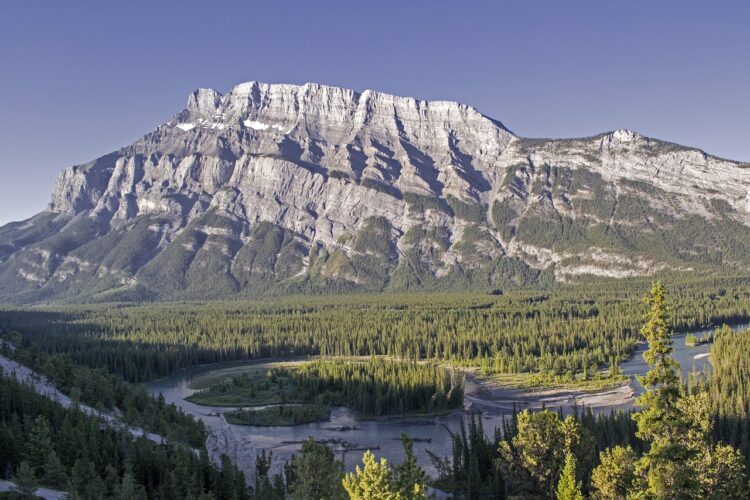Understanding and Managing Thinning Forests for Ecological and Economic Benefits
Forest thinning is a crucial management technique used to enhance forest health and productivity. This practice involves the selective removal of trees and undergrowth to reduce competition for resources among the dominant trees, making the forest more resistant to pests, diseases, and forest fires. A well-managed thinning process can yield significant ecological and economic benefits, contributing to biodiversity conservation, timber production, and the mitigation of climate change impacts.
The Importance of Forest Thinning
Thinning forests is more than just cutting trees; it’s a strategic intervention aimed at improving forest structure and function. By selectively removing trees, thinning helps to control the density of the forest, which can profoundly impact ecosystem health and productivity. This practice is especially important in regions where historical fire suppression or past management practices have led to overly dense forests, increasing the risk of catastrophic wildfires and outbreaks of pests and diseases.
Benefits of Thinning Overcrowded Forests
- Reduced Fire Risk: Thinning reduces the fuel load available for wildfires, decreasing their likelihood and severity.
- Improved Forest Health: With fewer trees competing for sunlight, water, and nutrients, the remaining trees are healthier and more vigorous.
- Enhanced Biodiversity: Thinning can create a more varied structure in the forest, which helps support diverse plant and animal communities.
- Increased Carbon Sequestration: Healthy, vigorously growing trees absorb more carbon dioxide from the atmosphere, helping to combat climate change.
Methods of Thinning Forests
Effective forest thinning techniques vary depending on the specific goals of the management plan, as well as the type of forest and its existing conditions. Below are some common methods used:
Mechanical Thinning
Mechanical thinning involves the use of machinery to remove trees. This method is efficient and can be tailored to remove specific sizes or species of trees, promoting the growth of desired foliage and increasing the overall market value of the forest.
Manual Thinning
Manual thinning uses hand tools and chainsaws, giving managers fine control over which trees are removed. This method is often used in sensitive environments where heavy machinery could cause damage.
Chemical Thinning
While less common, chemical thinning involves applying herbicides to selectively kill unwanted trees and underbrush. This method is sometimes employed when mechanical or manual removal is impracticable.
Challenges of Thinning Forests
Despite its benefits, forest thinning presents several challenges that must be carefully managed to avoid adverse effects:
- Ecological Impact: Incorrectly applied thinning can harm wildlife habitats and alter the water cycle within the forest ecosystem.
- Economic Costs: Thinning can be expensive, especially in remote areas with difficult access. Balancing costs with long-term benefits is vital.
- Public Perception: There can be public resistance to thinning practices, particularly when visible changes to the landscape occur.
Frequently Asked Questions About Thinning Forests
How often should thinning occur in forests?
The frequency of thinning depends on the growth rate of the forest, which is influenced by tree species, soil quality, and local climate conditions. Typically, thinning is conducted every 10 to 20 years to ensure forests remain healthy and productive.
Is forest thinning beneficial for all types of forests?
Most forest types can benefit from thinning, especially those that have been historically mismanaged or are prone to disease and fire. However, the specific techniques and extent of thinning must be customized based on local conditions and management goals.
How does thinning help in the fight against climate change?
By improving forest health and vitality, thinning helps trees maximize their growth potential and carbon absorption capacity. Additionally, reducing the severity of wildfires through thinning decreases the massive carbon emissions associated with such fires.
Conclusion
Thinning forests is a critical aspect of modern forest management, combining the goals of ecological stability and economic productivity. When conducted responsibly, thinning promotes healthier forests, supports biodiversity, and helps fight climate change by enhancing the carbon-storing capabilities of forests. By understanding and implementing the right thinning practices, we can ensure the sustainability and resilience of our forest ecosystems for future generations.
This strategic management practice, if embraced widely and conducted effectively, holds the key to not only preserving our forests but enhancing them in the face of global environmental challenges.









